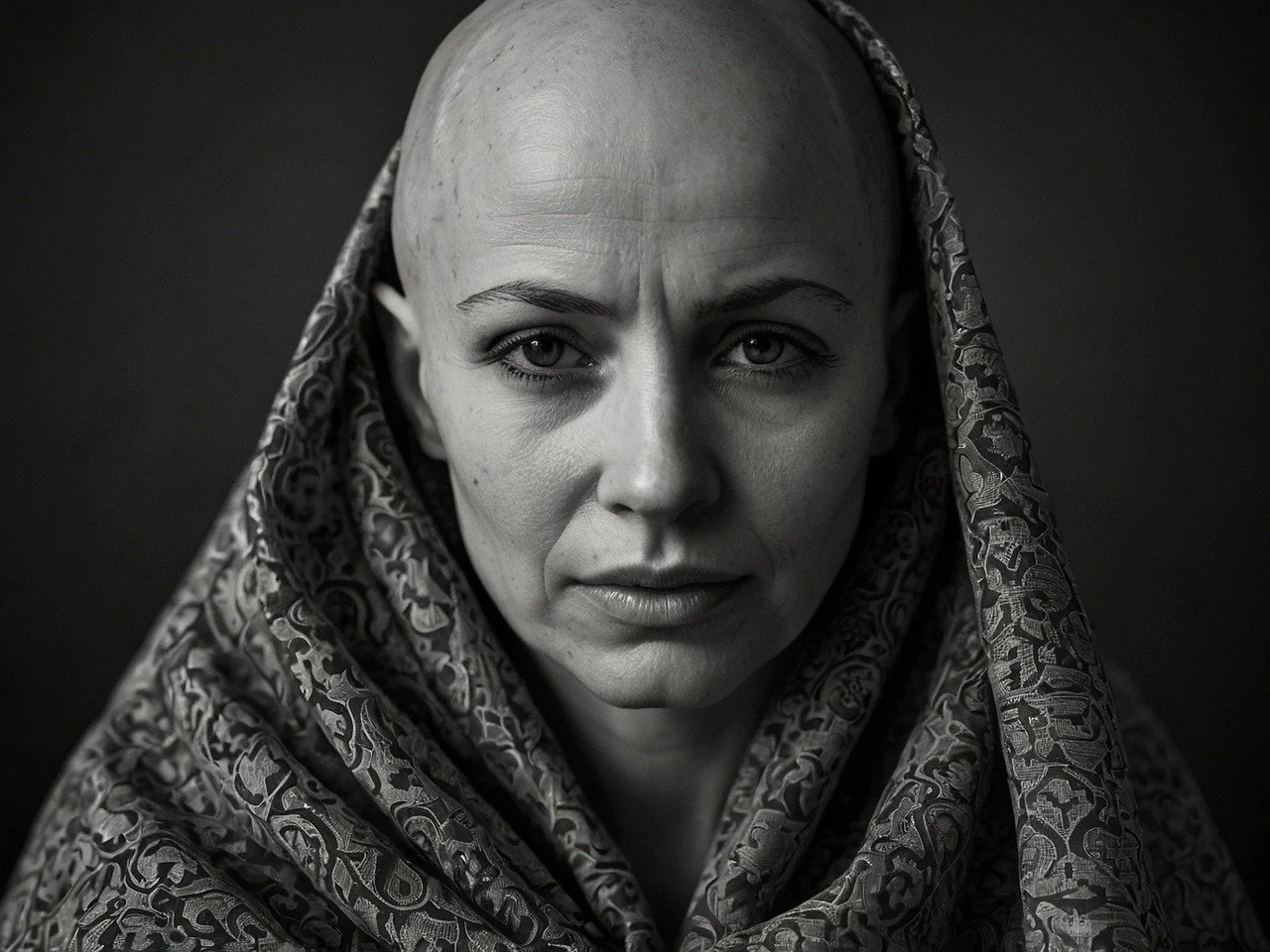The chance of 17 cancers increases in youngsters and younger people rather than preceding centuries.
According to a fresh research, cancer prevalence rates are increasing amongst that adolescents in Seventeen of thirty-four kinds of cancer, such as lung, breast, digestive, and stomach cancers.
Based on an investigation released on the third in the scientific publication Chronicle of Medicine, there exists an important variation in the frequency of the disease and cancer types within adulthood created among twenty-first century and 1990, such as the pancreas, genital, gastrointestinal, breast, as well as carcinomas of the rectal.
"Another that truly sticks out in which we observe substantial rises is prostate cancer. When comparing individuals of exactly the same age, those established in the decade that followed have an approximately sixteen percent greater prevalence rate than those produced in that decade. A person in their forties or fifties who grew up in the decade that followed saw an entirely distinct prevalence rate than a person in their thirties or their forties who was raised in the 1990s, according to Dr. William Dahut, senior medical director of the National Cancer Institute, whose researchers wrote the latest research.
The 17 malignancies are: stomach heart heterozygous for a tiny intestine oestrogen sensor non HPV associated dental and pharyngeal malignancies in women the abdomen.
The ovaries,
The kidneys
Intrahepatic gallbladder the intestines urinary, uterus,
Collections the renal system,
Renal,
Pelvic,
The liver,
Malignancy non-cardia,
Additional digestive organs stomach tumour leukaemia Men can develop a condition known as which damages the wall of their veins and lymphatics.
The investigators examined information from over twenty-three million individuals suffering from thirty-four various kinds of cancer and over seven million individuals who lost their lives to 25 different types of cancer. They were affiliated with the National Cancer Institute and the School of Medicine of Alberta in Canada. The United States National Centre for Information on Health and the Western United States Association of Regional Cancer Records provided the data, encompassing persons aged 25 to 84 between the beginning of 2000 and December 2019. Using five-year periods, the investigators computed the occurrence and death rates of cancer by those born between twenty-first century and the years following its passage.
He noted that new evidence suggests that people might need to begin testing for some cancers at childhood. Nonetheless, medical professionals in America are equipped to identify several of the above cancer forms at the outset, increasing the likelihood of recovery.
"Every tumours or aberrant glands that are not stated," he continued. "pounds reduction and tiredness are usually signs of very advanced malignancy, and individuals generally choose to see a doctor since they're extremely unwell at that juncture." According to Dahut, "putting off an examination by 6 8 or even twelve weeks until patients come in is likely to contribute to further severe illness and an adverse results," so getting health care is still crucial.



